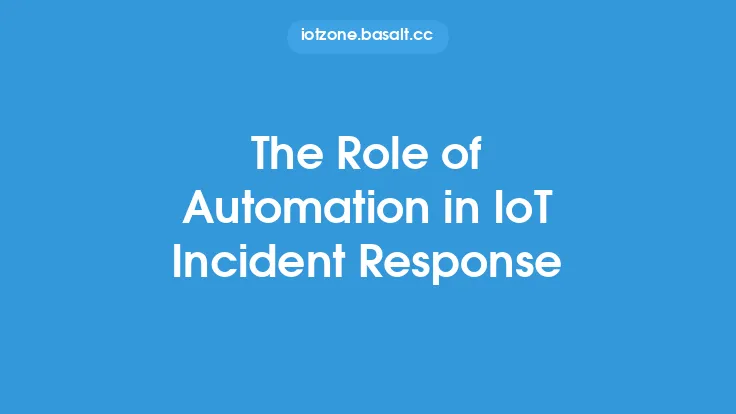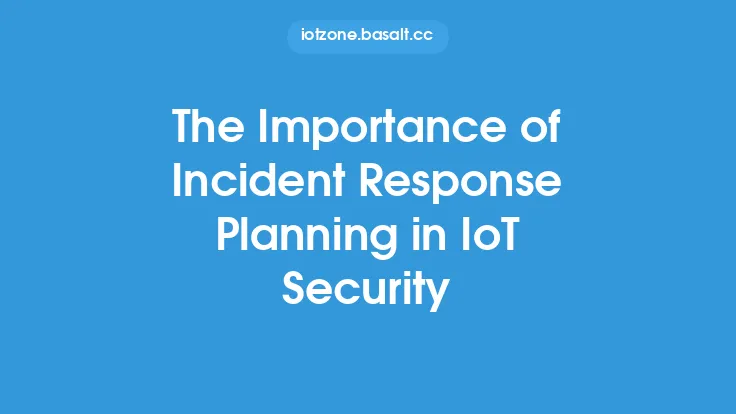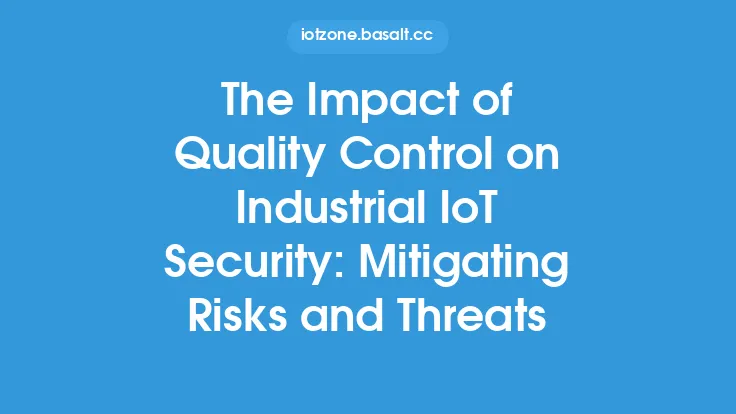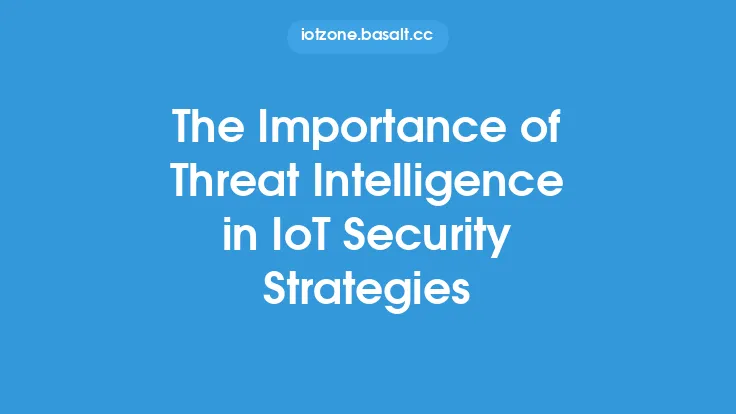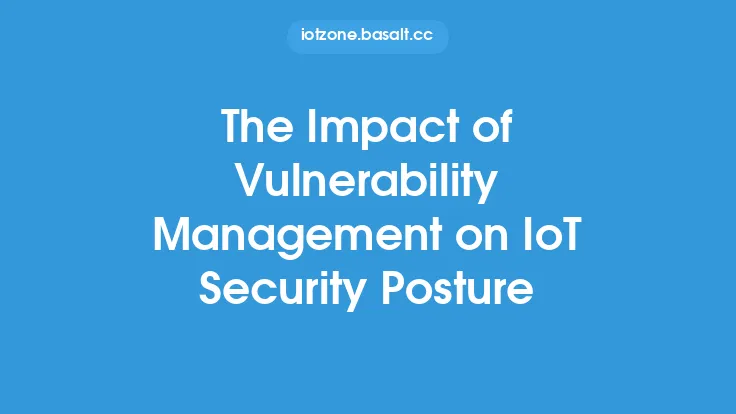Measuring the success of IoT incident response efforts is crucial to ensure the effectiveness of the response and to identify areas for improvement. Incident response is a critical component of IoT security, as it enables organizations to quickly respond to and contain security breaches, minimizing the impact on their operations and reputation. To measure the success of IoT incident response efforts, organizations need to establish key performance indicators (KPIs) that can help them evaluate the effectiveness of their response.
Introduction to IoT Incident Response Metrics
IoT incident response metrics are used to measure the success of incident response efforts. These metrics can be categorized into several types, including time-based metrics, impact-based metrics, and effectiveness-based metrics. Time-based metrics measure the time it takes to detect and respond to an incident, while impact-based metrics measure the impact of the incident on the organization. Effectiveness-based metrics measure the effectiveness of the response in containing and eradicating the incident. Some common IoT incident response metrics include mean time to detect (MTTD), mean time to respond (MTTR), and mean time to recover (MTTR).
Establishing Key Performance Indicators (KPIs)
Establishing KPIs is essential to measure the success of IoT incident response efforts. KPIs provide a clear understanding of what needs to be measured and how it will be measured. Some common KPIs for IoT incident response include incident response time, incident containment time, and incident eradication time. Incident response time measures the time it takes to respond to an incident, while incident containment time measures the time it takes to contain the incident. Incident eradication time measures the time it takes to completely eradicate the incident. Other KPIs may include the number of incidents responded to, the number of incidents contained, and the number of incidents eradicated.
Data Collection and Analysis
Data collection and analysis are critical components of measuring the success of IoT incident response efforts. Organizations need to collect data on incident response metrics and KPIs to evaluate the effectiveness of their response. This data can be collected from various sources, including incident response systems, security information and event management (SIEM) systems, and network monitoring systems. Once the data is collected, it needs to be analyzed to identify trends and patterns. This analysis can help organizations identify areas for improvement and optimize their incident response efforts.
Incident Response Metrics and KPIs for IoT Devices
IoT devices pose unique challenges for incident response, as they are often resource-constrained and have limited visibility. To measure the success of IoT incident response efforts, organizations need to establish metrics and KPIs that are specific to IoT devices. Some common metrics and KPIs for IoT devices include device patching time, device reboot time, and device recovery time. Device patching time measures the time it takes to patch a vulnerable device, while device reboot time measures the time it takes to reboot a device. Device recovery time measures the time it takes to recover a device from an incident.
Technical Challenges of Measuring IoT Incident Response Success
Measuring the success of IoT incident response efforts can be technically challenging, as IoT devices often have limited visibility and are resource-constrained. To overcome these challenges, organizations can use various technical solutions, such as network monitoring systems, SIEM systems, and incident response systems. These systems can provide real-time visibility into IoT devices and help organizations detect and respond to incidents quickly. Additionally, organizations can use automation and orchestration tools to streamline their incident response efforts and improve their response time.
Best Practices for Measuring IoT Incident Response Success
To measure the success of IoT incident response efforts, organizations should follow best practices, such as establishing clear metrics and KPIs, collecting and analyzing data, and continuously improving their incident response efforts. Organizations should also establish a incident response plan that outlines the procedures for responding to incidents and provides clear guidelines for measuring success. Additionally, organizations should provide training to their incident response teams on how to measure success and how to use metrics and KPIs to improve their response efforts.
Conclusion
Measuring the success of IoT incident response efforts is critical to ensuring the effectiveness of the response and to identifying areas for improvement. Organizations need to establish key performance indicators (KPIs) that can help them evaluate the effectiveness of their response. By collecting and analyzing data on incident response metrics and KPIs, organizations can identify trends and patterns and optimize their incident response efforts. Additionally, organizations should follow best practices, such as establishing clear metrics and KPIs, collecting and analyzing data, and continuously improving their incident response efforts. By doing so, organizations can ensure the success of their IoT incident response efforts and minimize the impact of security breaches on their operations and reputation.
